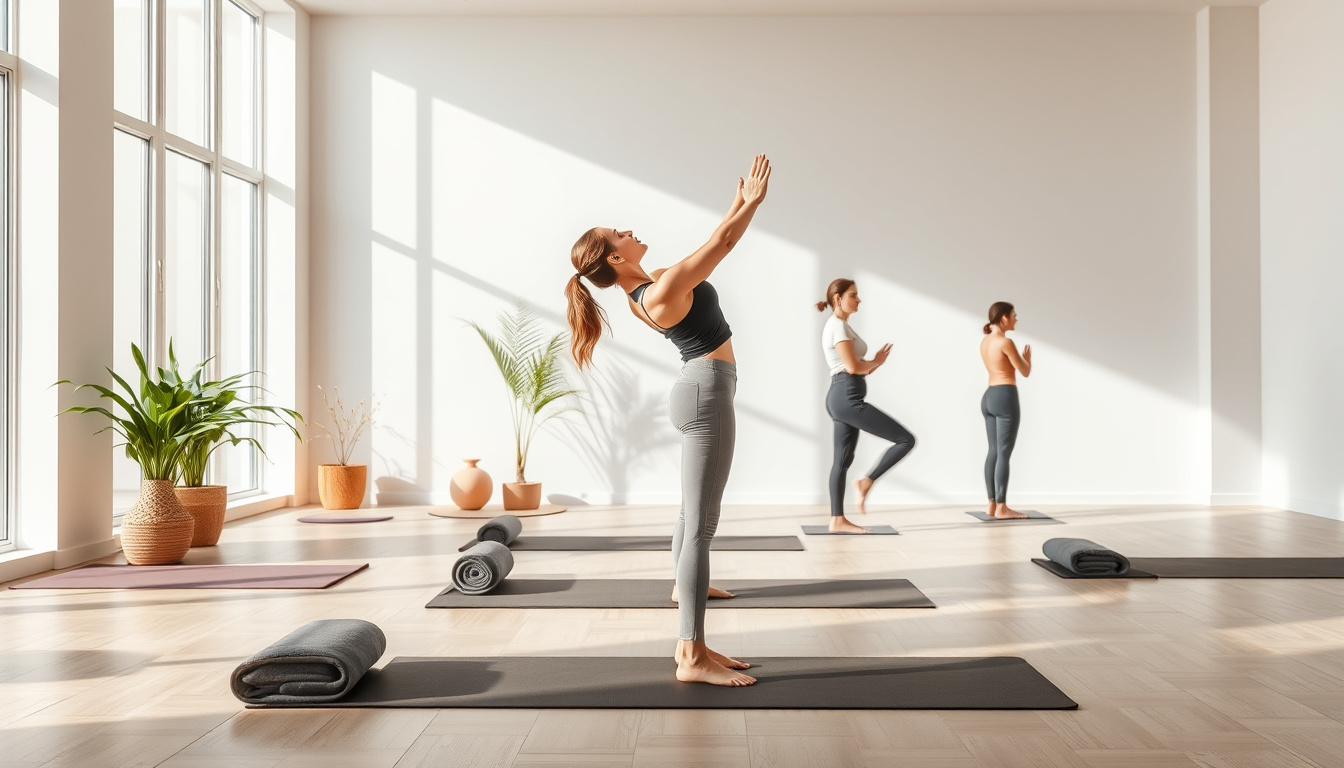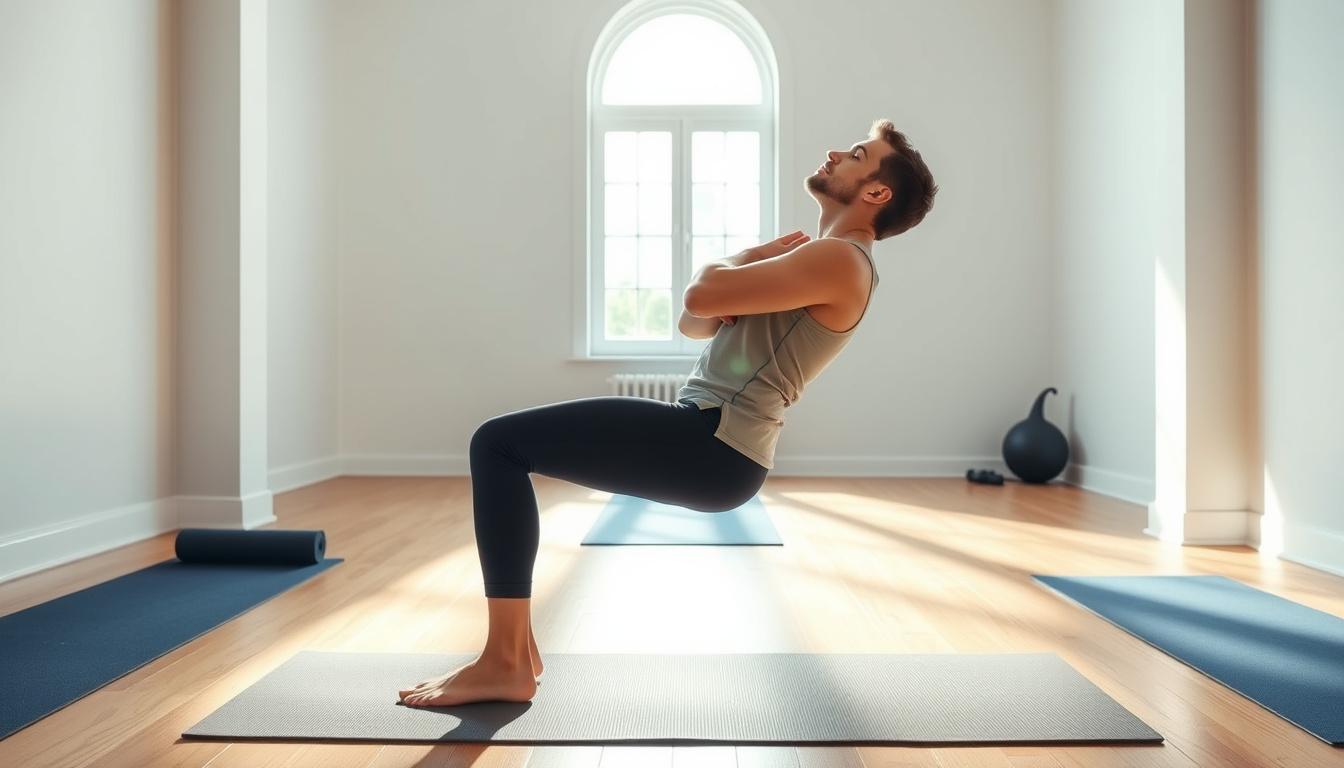
20 Apr Transform Your Health: The Ultimate Guide to Effective Posture Correction Techniques
In today’s fast-paced, technology-driven world, more people than ever are suffering from poor posture, which can lead to a variety of health issues. From chronic back pain to fatigue, the effects of slumping over desks or staring at screens cannot be overlooked. This not only impacts our physical health but also our mental well-being and productivity. If you’re looking to transform your health and improve your overall quality of life, embracing posture correction techniques is essential. In this ultimate guide, we’ll delve into the significance of maintaining good posture, identify common problems associated with poor alignment, and explore effective strategies to correct these issues, ensuring that you can stand tall and live well. Get ready to elevate your health and well-being through the power of posture correction.

Key Takeaways
- Good posture is essential for overall health and well-being.
- Poor posture can lead to various physical problems and discomfort.
- Effective posture correction techniques can be integrated into daily routines.
- Strengthening postural muscles helps support and maintain proper posture.
- Commitment and consistency are key to achieving long-term posture improvement.
Understanding the Importance of Good Posture
Good posture is not merely about standing up straight; it serves as the foundation for overall health and well-being. Correcting your posture can prevent a multitude of health issues, including back pain, neck strain, and headaches, by promoting proper alignment of the spine and reducing muscle fatigue. When we talk about posture correction, we’re addressing the necessity of balancing the body’s structure to improve function and aesthetics. Engaging in activities that enhance your posture, such as yoga or Pilates, can strengthen your core muscles and enhance your body’s awareness, leading to significant long-term benefits. Additionally, implementing ergonomic adjustments at your workstation and being mindful of your body alignment during daily activities can lead to noticeable improvements in posture. A commitment to posture correction not only boosts physical health but can also elevate confidence and overall quality of life.
Common Posture Problems and Their Effects
Maintaining proper posture is crucial for overall health, yet many individuals suffer from common posture problems that can lead to significant physical discomfort and health issues. Slouching, for instance, not only affects the spine but can also lead to chronic pain in the neck, shoulders, and back. Rounded shoulders are another prevalent issue, often resulting from prolonged computer use or mobile device interaction, which can compress the chest and weaken the upper back muscles. This poor alignment may contribute to headaches and fatigue. Additionally, habits like leaning forward while sitting can create a detrimental curve in the lower back, known as lordosis, potentially leading to disc degeneration over time. Understanding these common posture problems is vital because effective posture correction strategies—such as ergonomic adjustments, regular exercise, and mindfulness practices—can help alleviate these issues, ultimately enhancing both physical well-being and daily productivity.
‘The way you carry yourself says a lot about you. Keep your spine straight, and you’ll feel taller and stronger, both in body and mind.’ – Unknown

Essential Techniques for Posture Correction
Maintaining good posture is crucial for overall health, as it helps alleviate back pain, reduces fatigue, and improves breathing. One of the essential techniques for posture correction involves being mindful of your alignment throughout the day. Start by regularly checking in with your body in various positions: when sitting, standing, or walking. Ensure that your shoulders are back, your head is level, and your spine is straight. Incorporating exercises aimed at strengthening the core muscles can significantly aid in posture correction, as these muscles support your spine and help maintain proper alignment. Additionally, using ergonomic furniture can foster a supportive environment that promotes good posture; for instance, investing in an adjustable chair or a standing desk can make a considerable difference. Finally, consider practicing yoga or pilates, as these disciplines emphasize awareness of body alignment and flexibility, making them effective methods for long-lasting posture correction. By implementing these techniques into your daily routine, you can significantly improve your posture and, in turn, your overall well-being.
Incorporating Posture Correction into Daily Life
Incorporating posture correction into daily life is essential for promoting overall health and well-being. Many people overlook their posture while engaging in daily activities such as sitting at a desk, using a smartphone, or standing for extended periods. To effectively implement posture correction, begin by becoming aware of your body position throughout the day. Simple adjustments, such as making sure your computer screen is at eye level, can prevent slouching and reduce strain on your neck and back. Additionally, practicing exercises that strengthen your core and back muscles, like planks and bridges, can facilitate better alignment. Remember that consistency is key; setting reminders on your phone to check your posture can help you develop a habit that supports long-term posture correction. Incorporating these small changes into your routine not only enhances your posture but also boosts your confidence and energy levels, making a significant positive impact on your daily life.

Exercises to Strengthen Postural Muscles
Maintaining proper posture is essential for overall health, yet it often takes a backseat to other fitness goals. Engaging in exercises specifically designed for posture correction can strengthen the muscles that support your spine, improving alignment and reducing discomfort. Key exercises include planks, which stabilize the core and reinforce back support, and shoulder blade squeezes that enhance upper back strength. Incorporating yoga poses like the Cat-Cow stretch can increase flexibility in the spine while promoting awareness of postural alignment. Additionally, resistance band exercises are excellent for targeting weak postural muscles, ensuring a balanced approach to strength training. By dedicating time to these posture correction exercises, you can cultivate a solid foundation for a healthier, more aligned body.
Maintaining Good Posture Long-Term
Maintaining good posture long-term is essential not only for physical appearance but also for overall health and well-being. One of the most effective strategies for posture correction is to develop mindful habits that promote spinal alignment throughout the day. Begin by being conscious of your sitting and standing positions; for instance, when sitting, ensure that your back is straight and your shoulders are relaxed, while keeping your feet flat on the ground. Incorporating exercises that strengthen the core and back muscles can play a significant role in posture correction as well. Activities such as yoga and Pilates not only improve flexibility but also foster awareness of body mechanics, making it easier to maintain good posture in everyday activities. Additionally, consider ergonomic adjustments in your workspace, such as using chairs that support the natural curve of your spine and positioning your computer screen at eye level. By consistently applying these techniques, you can effectively maintain good posture long-term, reducing the risk of discomfort and preventing musculoskeletal issues as you age.

Sorry, the comment form is closed at this time.